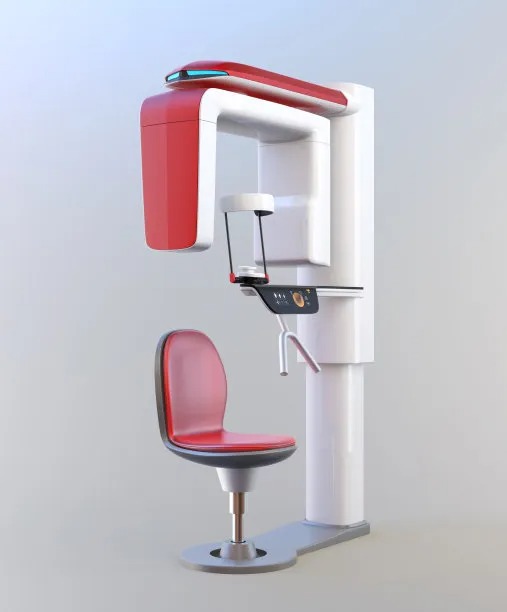The Comprehensive Guide to Dental Implant Treatment for Restoring Your Smile and Confidence Effectively
Summary: Dental implants have emerged as a leading solution for individuals seeking to restore their smiles and regain confidence. This comprehensive guide explores the intricacies of dental implant treatment, from understanding the procedure itself to considering its benefits. Patients will find valuable insights regarding candidacy, types of implants, the surgical process, and post-operative care. By the end of this article, readers will be well-equipped to make informed decisions about dental implants as a viable option for overcoming tooth loss and enhancing their overall oral health.
1. Understanding Dental Implants and Their Purpose

Dental implants are advanced restorative options designed to replace missing teeth, effectively mimicking the function of natural roots. They consist of three main components: a titanium post, an abutment, and a crown. The titanium post is surgically inserted into the jawbone, promoting osseointegration, which forms a stable foundation for tooth replacement, while the crown matches the appearance of surrounding teeth.
The purpose of dental implants transcends mere aesthetics; they provide essential benefits, such as preserving jawbone structure, preventing the shifting of adjacent teeth, and improving oral functionality. Furthermore, implants restore not only ones ability to chew and speak properly but also the confidence lost due to visible gaps in the smile.
Understanding these fundamental aspects prepares prospective patients to engage in informed discussions with their dental professionals, ensuring they have a clear vision of what to expect from the treatment process.
2. Candidate Evaluation and Consultation Process
Determining candidacy for dental implants involves several factors, including the patients overall health, dental history, and the condition of existing teeth and gums. A consultation with a qualified dentist or oral surgeon is crucial, where comprehensive assessments, such as X-rays and 3D imaging, help evaluate bone density and alignment in the jaw.
Patients with chronic conditions like diabetes or heart disease may require special considerations or treatments before undergoing the surgery. Similarly, habits like smoking can adversely affect the healing process, necessitating a candid discussion about health improvements before proceeding.
3. The Surgical Process and Recovery Timeline
The dental implant procedure typically unfolds in several stages, beginning with the surgical placement of the titanium post. This outpatient surgery is usually conducted under local anesthesia, minimizing discomfort. After the implant is placed into the jawbone, a recovery period of several months follows, allowing for osseointegration to occur before the abutment and crown are added.
During the recovery phase, patients may experience mild discomfort, swelling, or bruising, which are manageable with prescribed pain relievers and proper aftercare. Regular follow-ups with the dentist are vital to monitor the healing progress and identify any potential complications early on.
Once osseointegration is successfully achieved, the final crown is affixed to the abutment, restoring the tooths functionality and aesthetics. Patients are advised on good oral hygiene practices to maintain the longevity of their implants and overall dental health.
4. Long-Term Benefits of Dental Implants
The long-term benefits of dental implants extend beyond merely filling the gaps left by lost teeth. They play a crucial role in preserving jaw health, preventing further deterioration over time. As the jawbone responds positively to its stimulation from the implant, it helps maintain facial structure, minimizing signs of aging and maintaining an attractive visage.
Dental implants also boast higher success rates compared to other tooth replacement options like bridges and dentures, making them a durable investment in oral health. Additionally, they do not require altering adjacent teeth, preserving their integrity and natural positioning.
Moreover, individuals with dental implants report high satisfaction levels, experiencing improved self-confidence and quality of life. Many patients feel liberated from the anxiety that comes with traditional dentures, allowing them to eat, speak, and smile freely.
Summary:
In conclusion, dental implants offer a comprehensive solution for tooth loss, from their understanding to candidacy, surgical procedures, and long-term benefits, making them a favorable choice for many individuals. Seeking professional advice and support throughout the process is essential for success and optimal patient outcomes.
This article is compiled by Vickong Dental and the content is for reference only.



